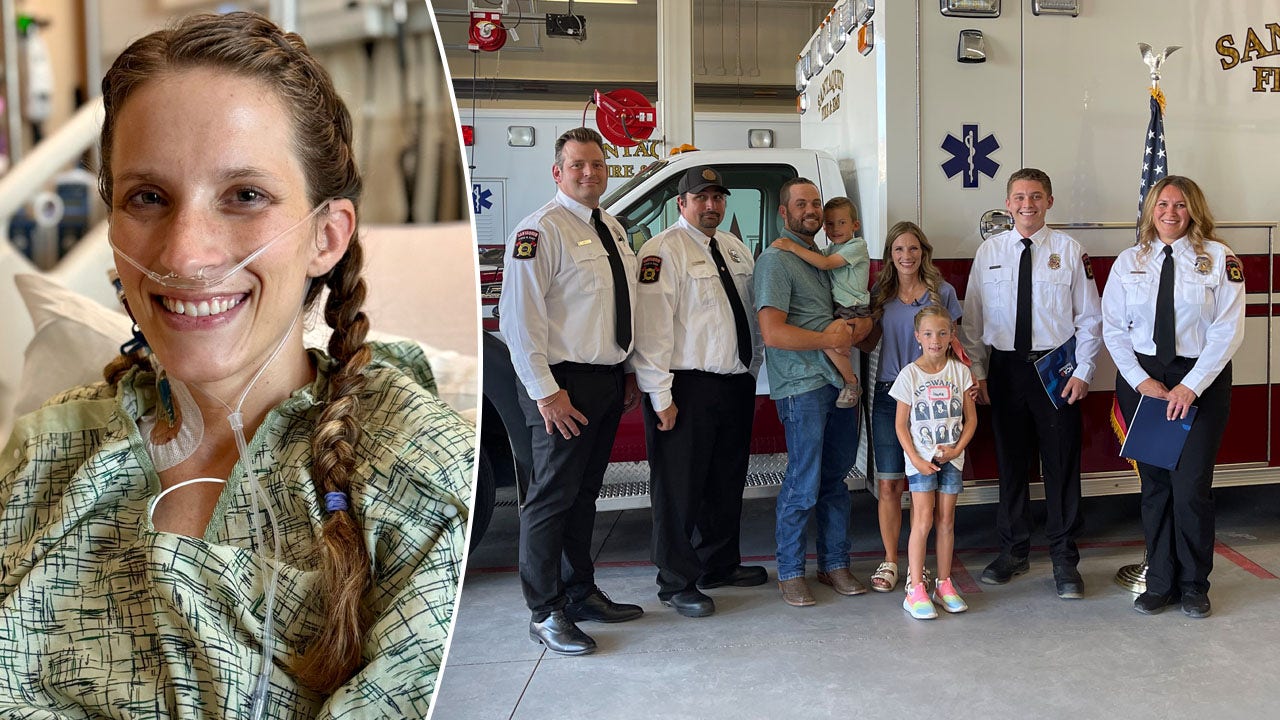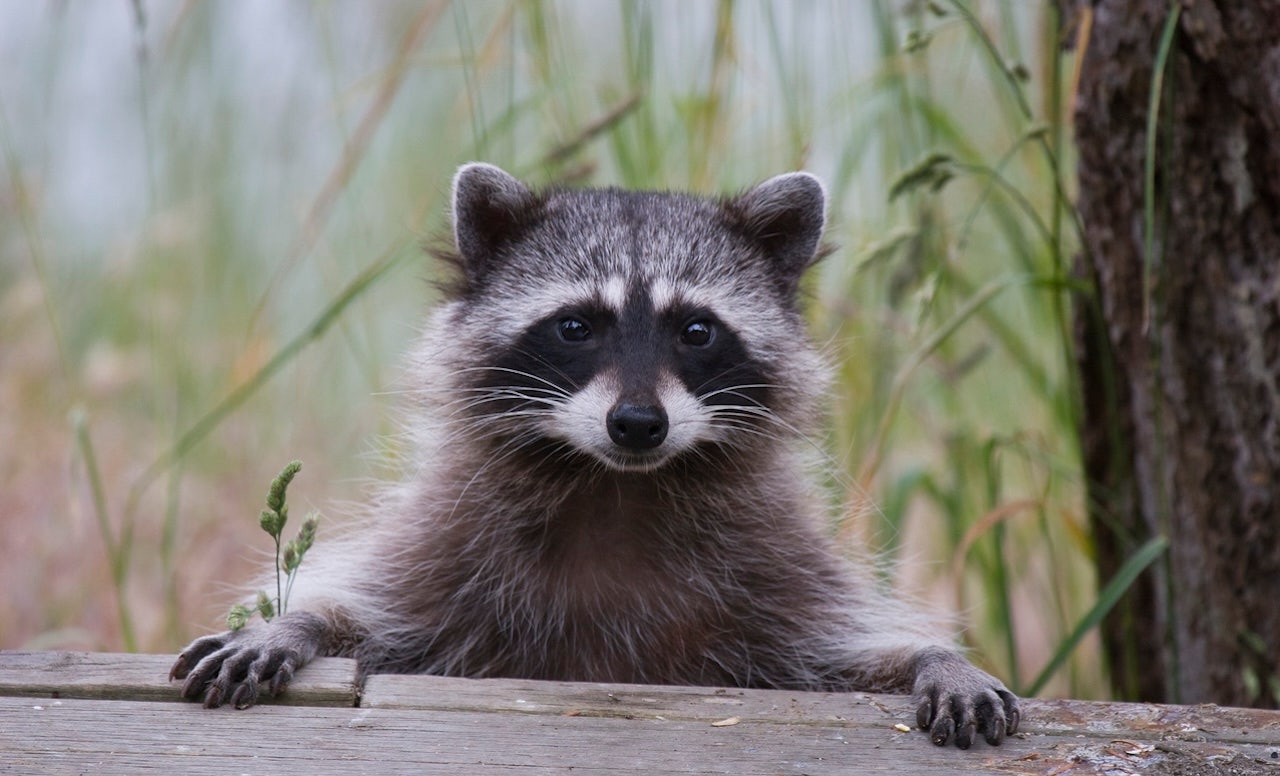More than half of the global population — at least 4.5 billion people — did not have coverage or access to essential health services in 2021. That’s according to the World Health Organization (WHO).
April 7, 2024, marks the WHO’s annual World Health Day. Their chosen theme for this year? “My health, my right.”
This international awareness day occurs every April to draw attention to a specific global health issue.
10 TIPS TO LIVE TO BE 100: ‘FAR MORE THAN WISHFUL THINKING,’ SAY LONGEVITY EXPERTS
This year, WHO wanted to champion the right of everyone, everywhere, to have access to quality health services, education, and information. Not to mention, safe drinking water, clean air, good nutrition, quality housing, decent working and environmental conditions, and freedom from discrimination.
In conversations of global well-being, five locations emerge as inspiring outliers. Sardinia, Okinawa, Loma Linda, the Nicoya Peninsula, and Ikaria have the healthiest and longest-living populations in the world.
Located in Italy, Japan, California, Costa Rica, and Greece, respectively, they’ve been dubbed Blue Zones by Dan Buettner, the National Geographic Society Fellow and author who first studied them.
Sardinia in Italy, Okinawa in Japan, Loma Linda in California, the Nicoya Peninsula in Costa Rica, and Ikaria in Greece were all found to be “Blue Zones,” or areas with the longest-living populations in the world.
Their rate of centenarians is ten times greater than in the United States, and peoples’ quality of life into old age is equally impressive. Inhabitants of the small Greek island of Ikaria live eight years longer than Americans, experience 20% less cancer, and suffer 50% less heart disease.
They don’t just have good genetics, either. Twin studies show genes account for only approximately 20% of longevity. Environmental and lifestyle factors play a far more significant role.
Power 9 principles
Buettner and his team identified nine common denominators that explain how the inhabitants in these Blue Zones live to their centenarian birthdays and beyond. They’re called the “Power 9” principles.
People in every Blue Zone “move naturally.” They stay active, but it’s less intentional than running or going to the gym. Exercise is a byproduct of their lifestyle; they maintain gardens, rely on manual tools, and travel primarily on foot.
According to the American Psychological Association, stress can cause numerous health issues, from inflammation and fatigue to anxiety and strokes. Stress is an inescapable part of life, even in Blue Zones, but people in these five destinations have daily rituals — routine naps, scheduled happy hours, prayer — to “downshift” and lower stress levels.
People from these zones maintain a sense of purpose, and their vocabularies reflect their prioritization of self-care.
In Okinawa, the word “ikigai” is a combination of “iki,” meaning “to live,” and “gai,” which means “reason.” Together, it translates as “reason to live.” Having this mindset has been shown to lower the risk of dying, regardless of gender or ethnicity.
Three principles emerge regarding diet in Blue Zones: “Wine at 5,” “Plant Slant,” and the “80 Percent Rule.”
In nearly every location, people consume alcohol in moderation and eat primarily plant-based foods, and one study found diet extends life expectancy by a decade. They consume fish and meat, but the latter is rare — only five times a month on average.
Thirdly, they don’t overeat. Okinawans say “Hara hachi bu” before meals, an ancient mantra that means, “Eat until you’re 80% full.” In the U.S. and Europe, people average a daily intake of over 3,500 calories, 1,000 and 1,500 calories more than most people need, respectively.
“Loved Ones First,” “Belong,” and “Right Tribe” are the final Power 9 principles. All three pertain to matters of connection and community.
People in Blue Zones prioritize family relationships. They stay close, literally and figuratively, to parents, grandparents, spouses, and children. 95% of Blue Zone centenarians are members of a faith-based community. Studies suggest actively religious people are significantly happier than nonreligious individuals and live healthier, longer lives.
Finally, through choice or circumstance, people in Blue Zones have strong and supportive social circles who engage in healthy behaviors.
Again, Okinawa exemplifies this practice. Locals join a tight-knit social support group called a Moai (pronounced “mo-eye”), often from a very young age. Historically, a Moai’s purpose was to pool financial resources. Today, the focus is on companionship; five people within a Moai commit to supporting one another consistently.
Given the evidence that social isolation and loneliness increase the risk of all-cause morbidity, Moais are likely another contributing factor to the incredible longevity of Okinawans.
Ultimately, whether through their diet, community connections, active lifestyles, or outlook on life, Blue Zones have a lot to teach the rest of the world about health and well-being.




